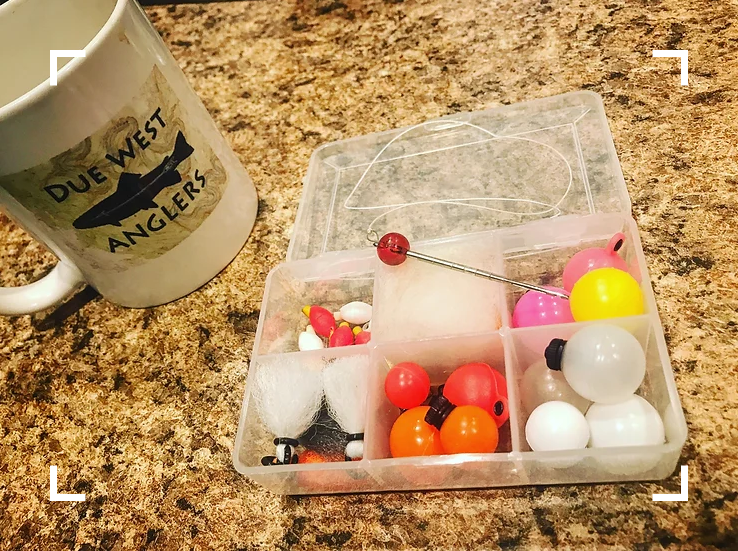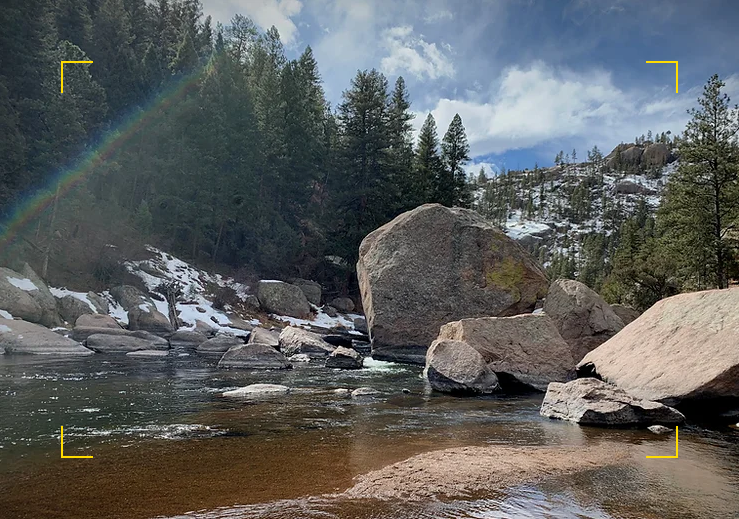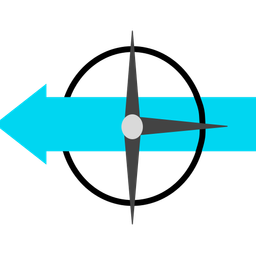Indicator Selection and Drift Success
Not all indicators are created equally, and each has its advantage, and disadvantage.

Revisited September 2024
Last week we fished a popular river in a small fishy town in central Colorado, and wow, the anglers were out in force. Seemingly every car had the ubiquitous rod vault on their roof, and just about every rod we saw was loaded with a gaudy thingamabobber. Maybe fishing the tricky South Platte has changed my mindset on indicators, but on this river, most seemed content to just slap on any indicator. A thingamabobber wouldn't have been my first choice.
I'm overly weary about indicators (if I use them at all), after seeing countless fish physically move away from casts as colorful indicators were plopped over their heads.

Yet, there are times when indicators undeniably give you the best chances of success... so what indicator is best?
Unfortunately, there is no such thing as a perfect indicator. Everything comes down to your individual approach, and correctly interpreting how to get the best dead drift possible. It might change from river to river, or even between runs. By carrying a couple of different indicator styles you are ready for most river situations. Here's a shorthand guide to how I decide on indicators:
Tailwaters / Small or Shallow Waters / Smaller Flies
- Smaller Indicators
- Light weight, natural movements
- Low profile for spookier fish
- Calmer runs, slower water
- Close quarters presentation
- White or natural color for spooky fish
Freestone / Big River or Deeper Water / Bigger Flies
- Larger Indicators
- Supports more weight for deeper drifts
- Larger profile for better visibility, generally less spooky fish
- Faster runs, broken water
- Longer casts or drifts with extensive mending
- Colorful indicator for less spooky fish
Here are some specific indicators and when to use them.

Football Indicators
These guys used to be my favorite tailwater indicators for small fly situations. They are easy to apply and move as needed. I find that the line grips the rubber center well, though I have seen others lose these indicators during erratic casts. Of all the indicators, these cast best, and land softly on the water. They are also smaller than most other styles. When I’m lazy I often use these indicators in technical tailwater settings as they don’t spook fish. Ultimately, they work great for smaller flies, and excel in shallow or low water. If you need to suspend heavy rigs, this might not be the best option.

New Zealand Wool Strike Indicator Yarn
This system requires more rigging, as you need to pull your line through the red-handled tool, insert some wool and pull closed. A small piece of plastic on the red-handled tool slides down over the line and holds the wool in place. This rig casts the softest and is best used for very skittish fish or on slow river sections. I prefer white wool, but I also have orange. I use this setup mostly for small fly winter nymphing, as I don’t suspect they could hold up a stonefly very well. One word of warning, you do need to treat the wool with floatant before use, the wool will get water logged.

Thingamabobbers and Airflo Indicators
They float very high and can support more weight than my other options, making these indicators most suited for larger rivers or higher flows like during the spring runoff season. My go-to color is always white, but with sun glare and water reflections, I am not afraid to use brighter colors. I usually reserve orange/red for when I am having the hardest time following along. As many fishermen know, the Thingamabobbers kink your line when connected to the leader, but on stiff butt sections of leaders, that doesn’t bug me. I can fix the kink by stretching out the line with a good tug at the end of the day. On the other hand, the newer twist on indicators have two separate pieces, meaning you can lose something. These indicators cast poorly, so I’ll save this option for the heaviest water or largest streamers.


